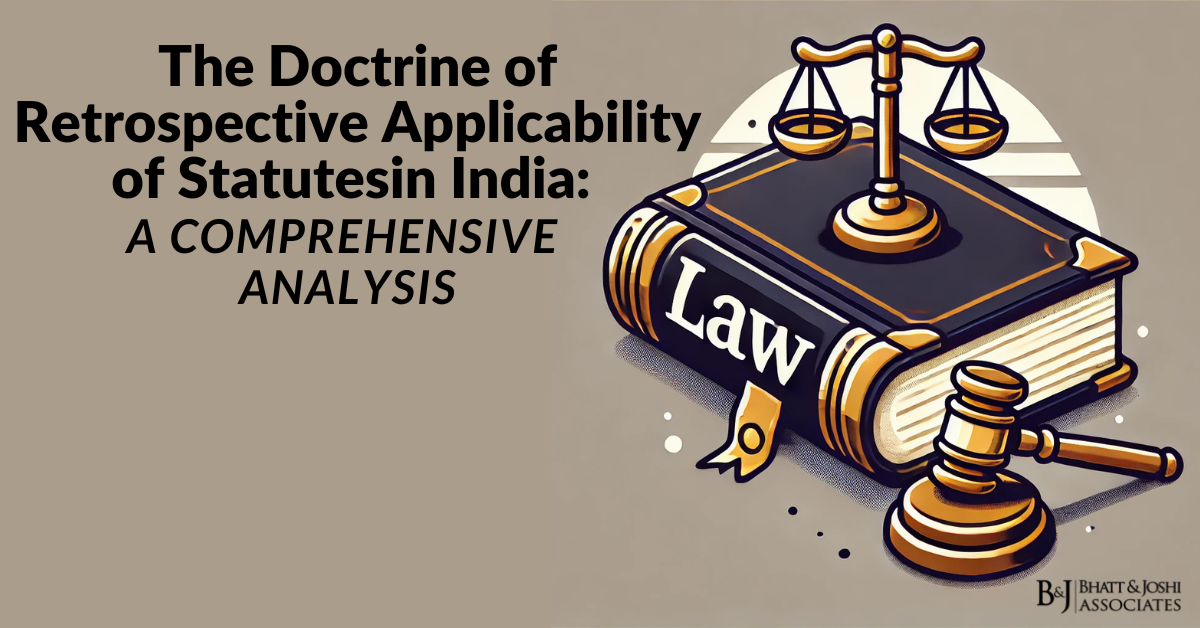Introduction
Water is a vital resource, essential for life, economic development, and environmental sustainability. However, the shared nature of many of the world’s rivers, lakes, and aquifers often gives rise to transboundary water disputes. These conflicts, driven by competing demands for water use, governance, and resource allocation, underscore the need for robust international legal frameworks to manage and resolve disputes. This article examines the causes of transboundary water disputes, key international legal mechanisms, and recent developments in addressing these complex challenges.
Causes of Transboundary Water Disputes
Transboundary water disputes arise when the interests of two or more states sharing a water resource are misaligned. Common causes include:
- Unequal Access and Allocation: Disagreements over how water resources should be allocated among riparian states.
- Competing Uses: Conflicts over water use priorities, such as irrigation, hydropower, industrial use, and environmental conservation.
- Environmental Degradation: Pollution, over-extraction, and habitat destruction impacting the sustainability of shared water resources.
- Infrastructure Development: Construction of dams, reservoirs, and diversions by upstream states, often to the detriment of downstream users.
- Climate Change: Variability in water availability due to climate change exacerbates existing tensions.
Key Legal Frameworks Governing Transboundary Water Disputes
Several international legal instruments and principles govern the use and management of shared water resources. These frameworks aim to promote equitable and sustainable utilization while preventing and resolving conflicts.
- The Helsinki Rules (1966): These non-binding guidelines developed by the International Law Association emphasize equitable and reasonable use of shared watercourses.
- The United Nations Watercourses Convention (1997): This legally binding treaty provides a comprehensive framework for the sustainable management of international watercourses. It enshrines principles such as equitable and reasonable utilization, the obligation not to cause significant harm, and the duty to cooperate.
- The Berlin Rules (2004): These guidelines update the Helsinki Rules, expanding their scope to include groundwater and integrating modern environmental principles.
- Bilateral and Multilateral Treaties: Specific agreements between riparian states, such as the Indus Waters Treaty (India and Pakistan) and the Nile Basin Cooperative Framework Agreement, play a critical role in managing shared water resources.
- Customary International Law: Principles such as equitable utilization and the duty to prevent harm have gained recognition as customary international law, binding even on states that are not party to specific treaties.
Case Studies of Transboundary Water Disputes
Several prominent disputes illustrate the challenges and complexities of managing shared water resources:
- Indus Waters Treaty (India and Pakistan): Signed in 1960, this treaty has successfully governed the sharing of the Indus River’s waters despite ongoing political tensions. However, disputes over infrastructure projects, such as India’s Kishanganga Dam, highlight the treaty’s limitations.
- Grand Ethiopian Renaissance Dam (GERD): The construction of the GERD on the Blue Nile has led to disagreements between Ethiopia, Sudan, and Egypt. The dispute centers on water allocation, environmental impacts, and the timing of the dam’s filling.
- Aral Sea Crisis: The over-extraction of water from the Amu Darya and Syr Darya rivers by upstream states has led to the ecological collapse of the Aral Sea, causing tensions among Central Asian countries.
Mechanisms for Resolving Transboundary Water Disputes
Effective resolution of transboundary water disputes requires a combination of legal, institutional, and cooperative mechanisms:
- Negotiation and Mediation: Direct negotiations and third-party mediation are often the first steps in resolving disputes. For example, the World Bank mediated the Indus Waters Treaty.
- Adjudication and Arbitration: Legal forums such as the International Court of Justice (ICJ) and arbitration tribunals provide binding resolutions to disputes. For instance, the ICJ’s decision in the Gabčíkovo-Nagymaros Project case (Hungary/Slovakia) addressed conflicting interests over dam construction on the Danube River.
- Joint Water Commissions: Bilateral or multilateral commissions facilitate cooperation, data sharing, and conflict resolution. Examples include the Mekong River Commission and the International Joint Commission (U.S.-Canada).
- Integrated Water Resources Management (IWRM): This approach emphasizes holistic management of water resources, integrating environmental, social, and economic considerations.
Challenges in Addressing Transboundary Water Disputes
Despite the existence of legal frameworks and mechanisms, transboundary water disputes face several challenges:
- Non-Compliance and Enforcement: States may refuse to adhere to international rulings or agreements, undermining dispute resolution efforts.
- Asymmetric Power Dynamics: Upstream states often hold greater leverage, complicating negotiations and equitable sharing.
- Data and Information Sharing: Lack of transparency and reliable data hampers trust and cooperation among riparian states.
- Climate Change Impacts: Variability in water availability exacerbates disputes and complicates long-term planning.
Recent Developments and Innovations
Recent efforts to address transboundary water disputes include:
- Technology and Data Sharing: Advances in satellite monitoring, hydrological modeling, and data-sharing platforms enhance transparency and cooperation.
- Regional Cooperation Initiatives: Organizations such as the African Union and ASEAN are promoting frameworks for regional water governance.
- Focus on Environmental Sustainability: Greater emphasis on preserving ecosystems and ensuring sustainable water use is shaping modern agreements.
Conclusion
Transboundary water disputes pose significant challenges to international peace, security, and sustainable development. While existing legal frameworks and mechanisms provide a foundation for resolving conflicts, their effectiveness depends on political will, cooperation, and adaptation to emerging challenges. Strengthening international legal instruments, fostering regional collaboration, and leveraging technology are essential steps toward equitable and sustainable management of shared water resources.














